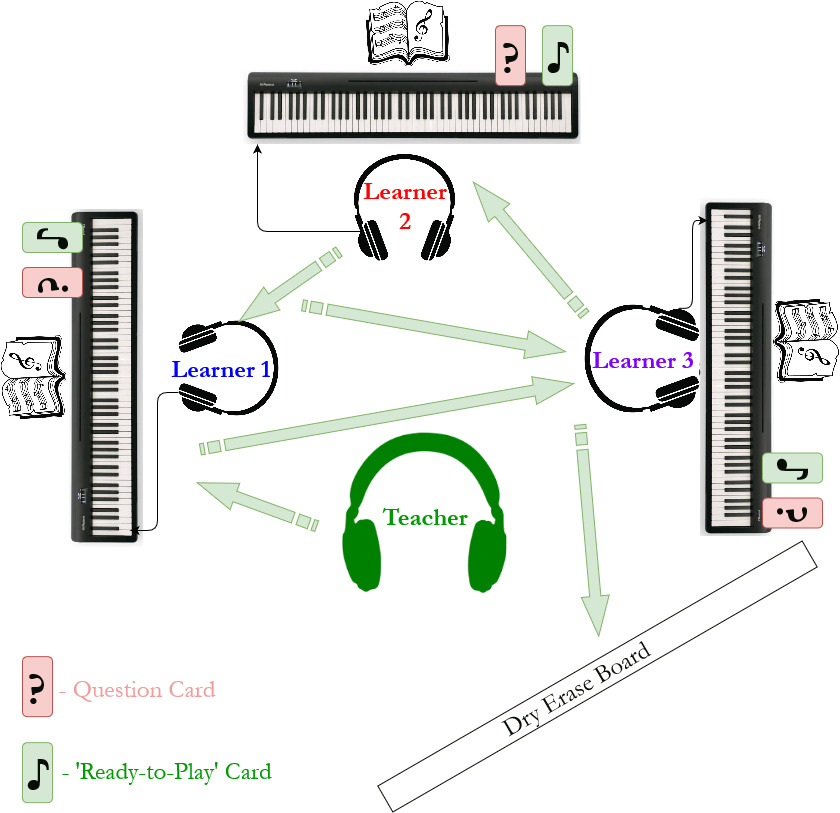In my Technology Innovation in Education (EdTech) class, we were tasked with watching Most Likely to Succeed, a 2015 documentary that focused on an innovative public school in San Diego: High Tech High. The principal subjects were two freshmen classes and their year-long experience with a project-based, interdisciplinary learning model. HTH has no bells, no subjects and no tenure (teachers are hired on single-year contracts and given complete liberty with their class).
The film was very well-produced, edited and shot. It provided a compelling and intimate window into the dynamics of each classroom and the experiences of teacher and student alike. Furthermore, it raised significant questions about the extent to which our current education system is dated and requires a fundamental overhaul to meet the demands of our information economy. Here are some of my major takeaways:
- I agree that a shift towards teaching soft skills such as critical thinking, collaboration and resilience is crucial. This is what excites me most about BC’s New Curriculum.
- I was impressed by the effectiveness of public exhibition as a model of assessment. This aligns with the expectations of the ‘real-world’ and teaches students to focus on application and accountability in their work.
- There were some incredible demonstrations of teaching. For instance, I was fascinated and moved by the segments documenting the post-exhibition debriefs of the two students, Brian & Samantha. When the teacher managed to balance a critique of Brian’s stubborn attitude with an acknowledgement that he was visionary, I was very impressed. I particularly appreciated when he said, “We don’t want you to stop being Brian.” In the case of Samantha, it was incredible to hear her reflect on the development of her ‘voice’ over the term.
- A criticism is the film’s generalization about the education ‘system.’ They seem to suggest that there is a ubiquitous, dated ‘Old Way’ which has persisted for 124+ years and is overdue for extinction. However, I see teachers continuing to innovate all the time, even within the confines of the industrial education system. I believe, in fact, that a balance of Old & New is what is best for students. This perspective is expanded on by John Selfridge, who posted a comment to a review of MLTS in the Wellesley Reporter
The notion, so persistent in the film, that teachers should incorporate project-based learning and peer collaboration into their classroom environments is nothing new, and the suggestion that it is shows just how naive those who made and praise this film as visionary actually are. Sure, there are schools and teachers who are behind the curve–and there are many reasons for their being so–and many may benefit from seeing the film. But if more critics of education would spend more time in classrooms–which are diverse nationwide in their practices if nothing else–they would realize that there is no American educational system or model that we can either praise or criticize. Rather, we probably have thousands of schools that could serve as success stories all across our country and, therefore, models for others to emulate. We don’t have an “educational system” in crisis; there is no “educational system,” and there is no “crisis.” Instead, we have some failing schools, attended by kids from lower middle income or poor families, children who live in households where English isn’t spoken, or where substance and/or other forms of abuse are present. Whatever failures we have witnessed in our nation’s schools in recent decades, they are not the failures of any particular pedagogy; rather they are the consequences of the larger social problems we face. The sooner we realize that educational failures are social failures (each causing the other) and do something about it, the better positioned our children will be to take on the challenges of this, their century.
- Finally, I love how this film made me consider the persistent question of breadth vs. depth. My personal experience with the lecture-based, content-driven high school model has perhaps constrained my imagination of what school can be. I invite disruptions to my expectations because I believe they will make me grow. The model of HTH appears to facilitate deep understanding, engagement and meaning-making in the students in a way that the traditional model may be unable to. As I proceed through this program, I imagine I will continue to grapple with breadth vs. depth question.
Anyways, that’s a few of my takeaways. I’d encourage anybody with an interest in education or youth to watch Most Likely To Succeed. Beyond a fantastic production value, the movie truly makes you think. Finally, I’d love to discuss any and all of my praises or criticisms in the comments below.
-Sasha


